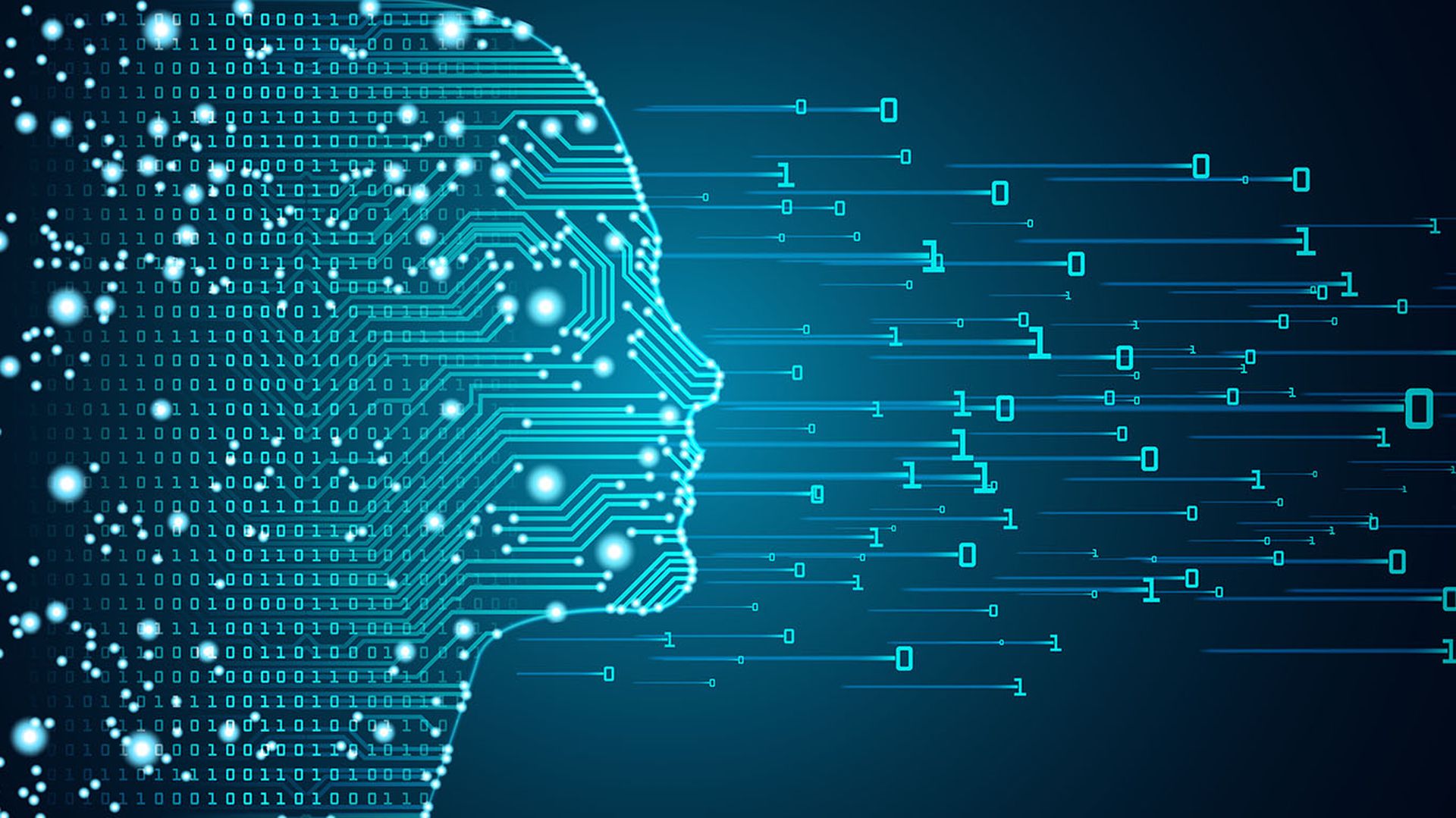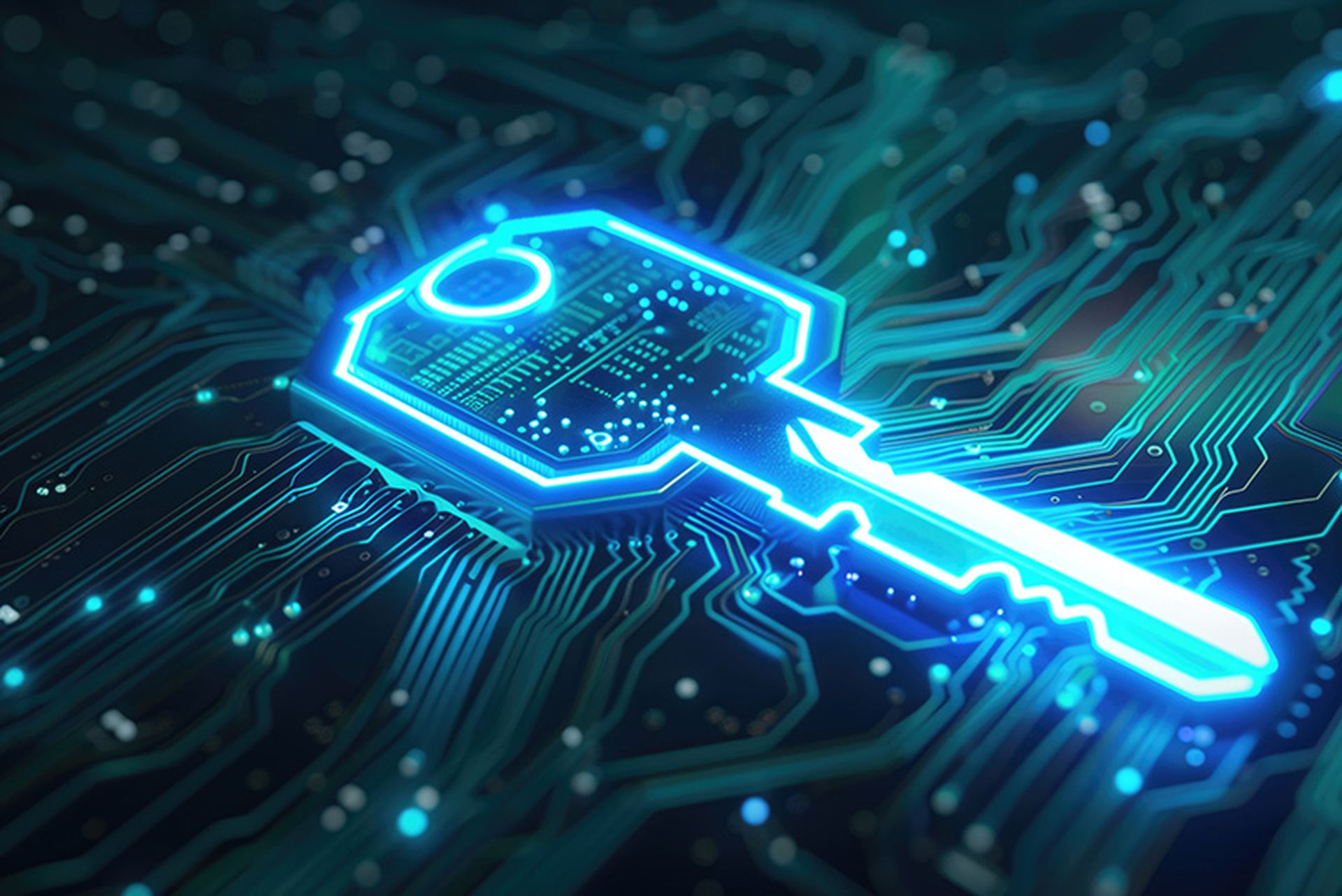If we were to apply psychologist Abraham Maslow's hierarchy of needs to the digital world, it becomes abundantly clear that security reigns supreme. As the number of individuals spending the majority of their time online continues to increase, the risk of identity and data theft poses a significant threat to our personal and professional lives, as well as a risk to our governments and institutions. Protecting our sensitive information has become just as important as protecting ourselves, and this realization has taken several decades to manifest. While we have come to understand that navigating the virtual landscape requires the same level of vigilance as the physical world, we have also recognized that to succeed, we cannot go it alone.
Recently, as part of the French cybersecurity delegation, I had the opportunity to travel to Washington on the very week that the new National Cybersecurity Strategy was released. Our delegation, composed of members of the parliament, politicians, and representatives of different security organizations, had the privilege of meeting with the U.S. government representatives from CISA and the President’s Office of the National Cyber Director, who played an integral role in developing the strategy.
When going through the strategy, one message stood out clearer than the rest: society needs collaboration more than ever. We wouldn’t go alone against the armies, therefore we can’t expect to stop cybercrime on our own.
The strategy aims to foster collaboration between the public and private sectors, various stakeholders across the digital ecosystem, and different countries.
CISA, being the coordinator for critical infrastructure security and resilience, together with Sector Risk Management Agencies (SRMAs) makes sure that security standards are met across all 16 critical infrastructure sectors in the United States.
It’s important to keep in mind that private sector companies are known to have broader and more detailed visibility than that of the federal government because of their spread and rapid pace of innovation in tooling and capabilities. That’s why to defend against the cyberattacks, we need an available collaboration channel between the public and private sectors.
While we need human-to-human collaboration, technology must complement these efforts with machine-to-machine data sharing. This approach will ensure that real-time and actionable sharing occurs, which will ultimately result in a more efficient response to potential threats.
As an example, open-source cybersecurity intelligence projects are there not only to increase collective awareness, but are often the most effective piece of technology for defending and reducing the impact of identified intrusions. For this reason, CISA and SRMA are consistently exploring new technologies to enhance information sharing.
In the coming years, I imagine seeing more collaborative security tools, especially those focused on global cyber threat intelligence sharing. It’s not enough anymore to focus only on our own perimeter. To proactively defend ourselves, we need a real-time map of cybercriminal activity across the internet. Organizations and countries are more than ready to form coalitions with their trusted allies to create a secure and thriving digital landscape.
The United States envisions a world where we can achieve responsible state behavior in cyberspace by leveraging international coalitions and partnerships to counter cyber threats to our digital economy through joint preparedness, response, and cost imposition. The French delegation takes the same approach. We believe we must work to increase the capacity of our partners to defend ourselves against cyber threats, both in peacetime and in crisis situations.
No organization has all the resources, tools, and skills to have complete visibility into the threat landscape, especially while dealing with advanced cyber threats. In today's interconnected world, a threat to one organization can quickly become a threat to many others, making it essential for businesses and other institutions to share information and work together to stay safe online.
Only by working together with our international partners can we create a more secure and resilient global digital landscape, and the new National Cybersecurity Strategy stands out as the strongest step in that direction that the U.S. has taken to date.
Andrea Hervier, global head of partnerships, CrowdSec




